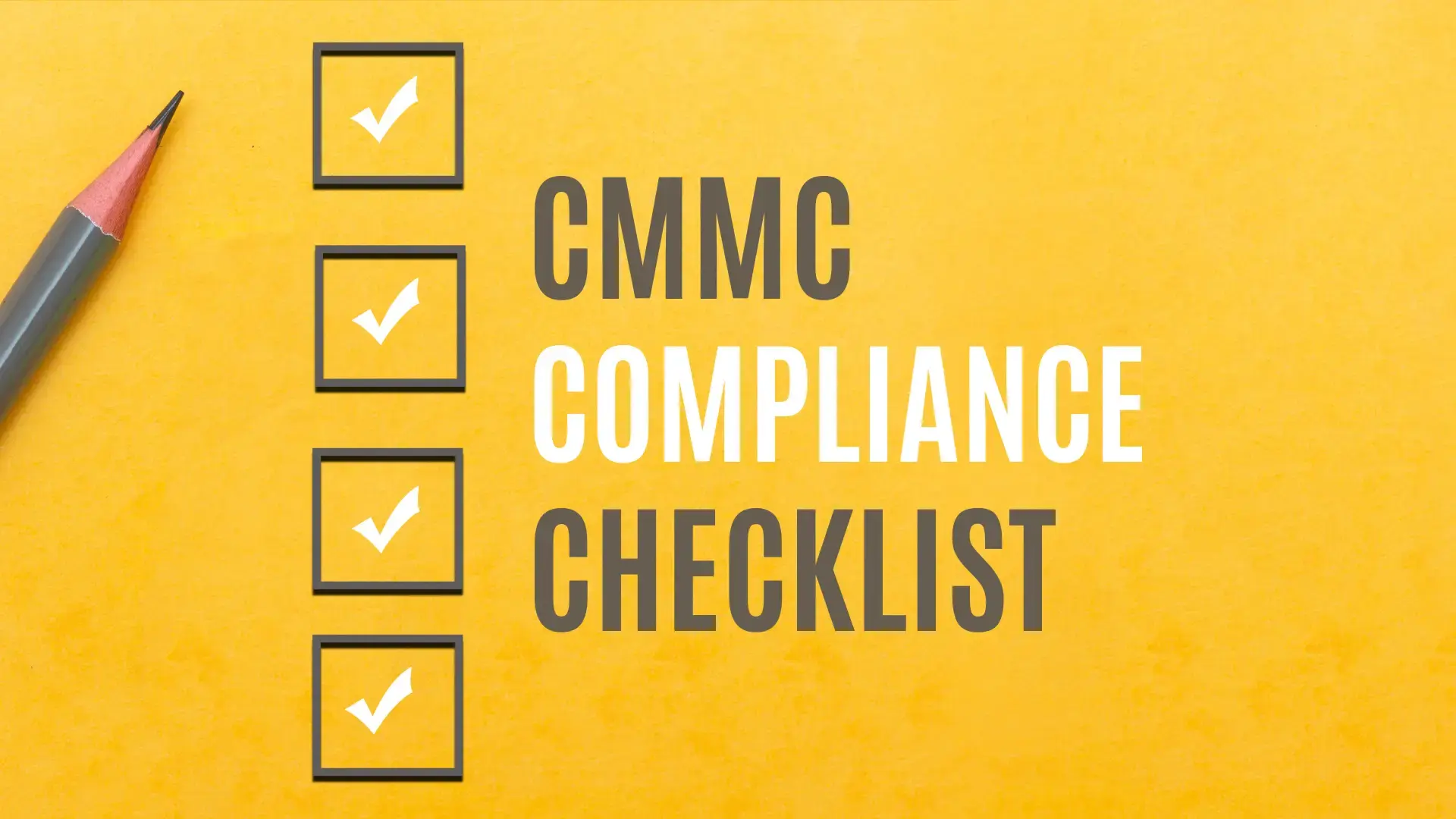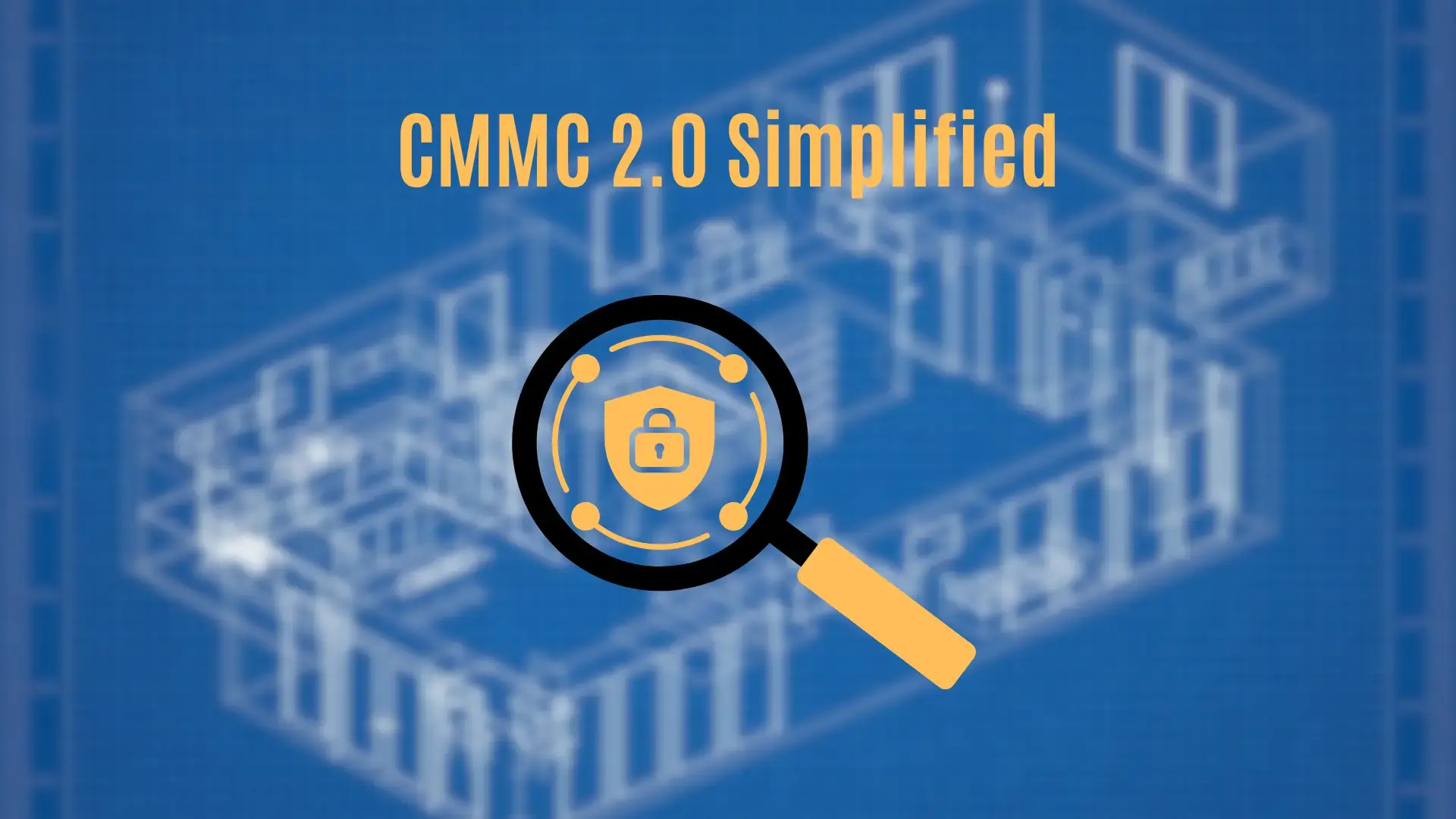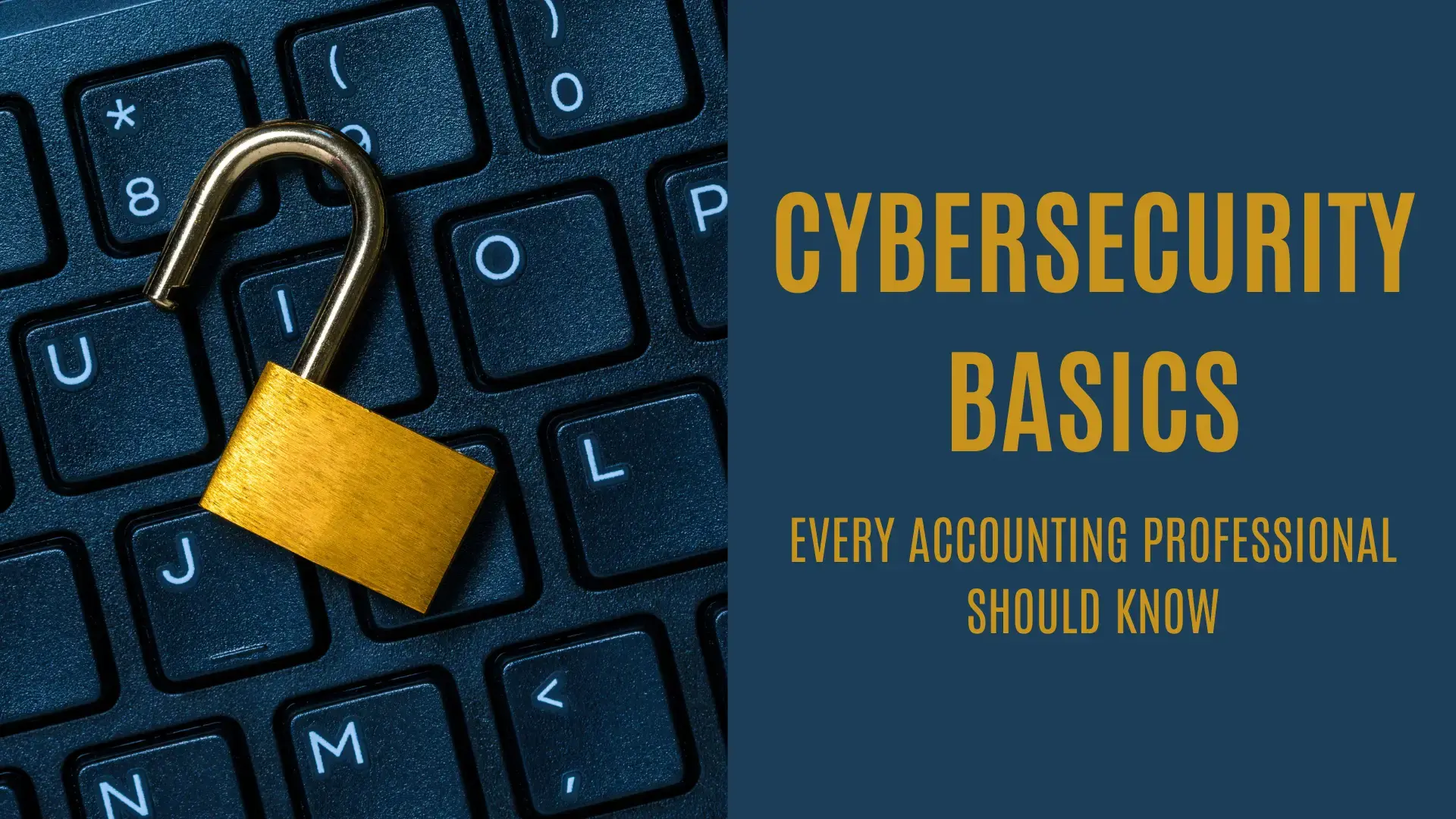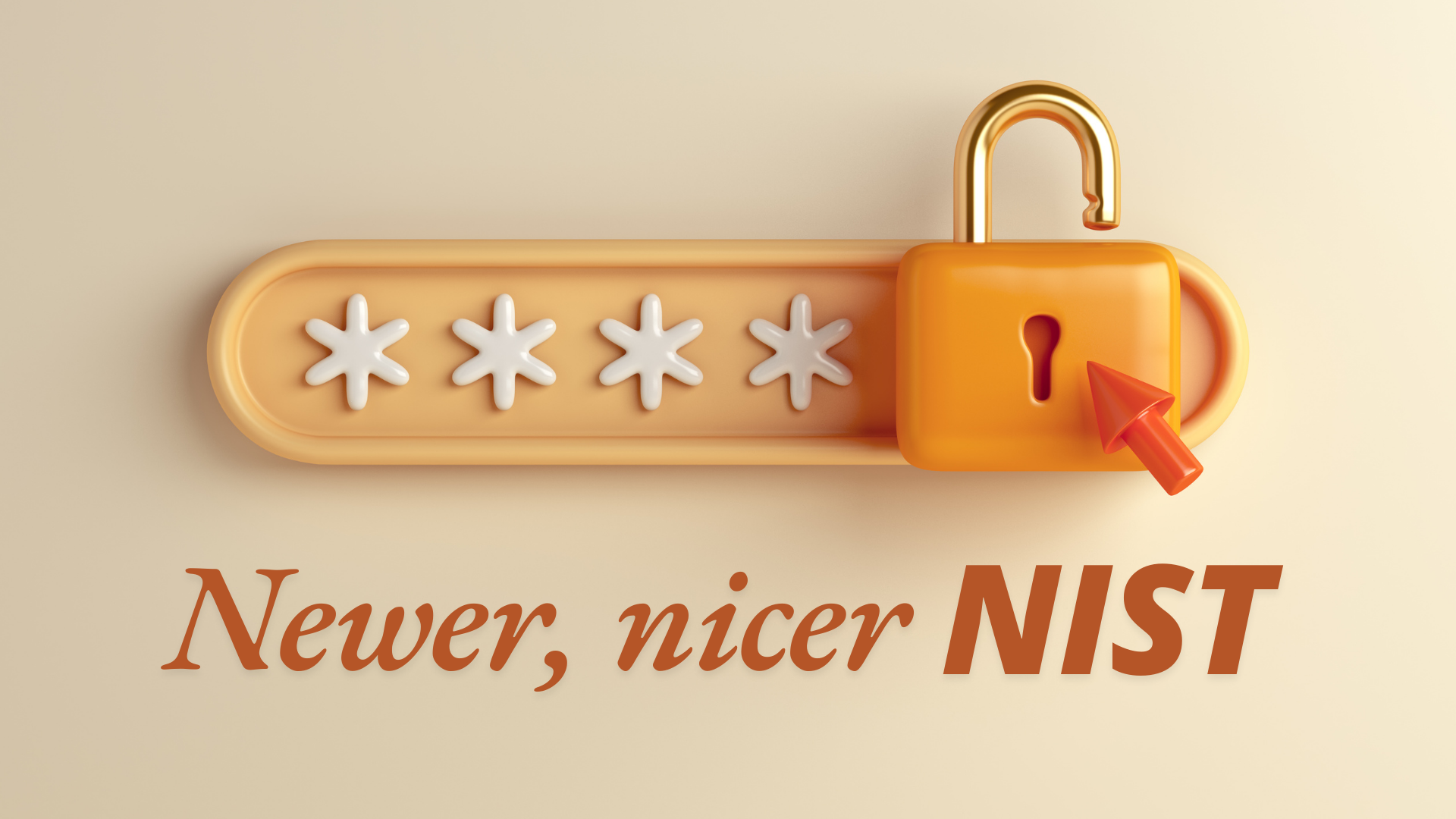CMMC 2.0 Explained: What Your Business Needs to Know
CMMC 2.0 Simplified: Your Guide to the DoD’s Cybersecurity Update I remember when the first version of the Cybersecurity Maturity Model Certification...
4 min read
 Bill Monreal
:
August 21, 2025
Bill Monreal
:
August 21, 2025

In our last post, we waded through the alphabet soup of government acronyms to explain what CMMC 2.0 is. You learned about the different levels, why it matters for anyone doing business with the Department of Defense (DoD), and how it’s designed to protect sensitive information from falling into the wrong hands.
Now you might be sitting back, looking at your screen, and thinking, "Okay, that's great. But this is a lot to handle. Where do I even start?" We get it. We really do. Staring up at the mountain of compliance can feel overwhelming. It’s like being told you need to climb Mount Everest, but you’re currently in your pajamas and don’t even have a good pair of boots.
We understand that feeling, and we are here to help. This isn't a journey you have to take alone. Think of this post as your friendly Sherpa, handing you a simple, five-step checklist to get you started on your CMMC 2.0 compliance journey. This is the plan that will cut through the confusion and get you moving in the right direction.
First things first: not every business needs the same level of certification. The DoD isn’t asking a small machine shop that makes a single, non-critical bolt to have the same level of cybersecurity as a company designing guidance systems. That would be silly, and thankfully, the government is being logical here. (I know, I was surprised too.)
Your required level depends on the type of information you handle in your DoD contracts. You need to look at your contracts and figure out if you’re dealing with:
For most of the businesses we work with here in Northeast Ohio, the conversation boils down to Level 1 or Level 2. Figuring this out is your absolute first step because it defines the entire scope of your journey.
Once you know your target CMMC level, it’s time to figure out where you stand right now. The CMMC requirements are built on the National Institute of Standards and Technology (NIST) cybersecurity standards. Your job is to perform a gap analysis: compare your current security practices to the required practices for your CMMC level.
Think of this as a thorough inspection of your home’s foundation before a big storm. You're looking for the small cracks and weaknesses that could cause major problems down the road. These are the specific vulnerabilities and compliance gaps that put your contracts at risk. It might be the lack of multi-factor authentication on your email, an undocumented visitor access policy, or that one server everyone forgot was still running Windows 7 in the back closet. I’ve seen it all, and trust me, that old server is never just “minding its own business.”
The System Security Plan, or SSP, is the central playbook for your cybersecurity. It’s the detailed roadmap that documents how your organization meets the security requirements. For Level 2 and Level 3, this isn’t a friendly suggestion; it’s a non-negotiable requirement.
Your SSP describes the security controls you have in place and the policies and procedures that support them. It’s a living document that says, "Here’s how we protect sensitive information." We’ve seen beautifully crafted, comprehensive SSPs, and we’ve also seen… well, let’s just say we’ve seen documents that looked more like a rough draft on a napkin. Guess which one an auditor prefers to see? This document is the foundation of your entire compliance effort.
Remember those gaps you found back in Step 2? The Plan of Action & Milestones (POA&M) is your project plan for systematically addressing them.
This document details each gap you identified, what you’re going to do to fix it, who is responsible for fixing it, and when it will be done. This shows an auditor that you not only know where your weaknesses are but that you have a concrete, actionable plan to address them. It removes the sense of risk and demonstrates a commitment to the process. This isn’t a vague "we'll get to it later" list; it's a formal plan that turns your good intentions into measurable progress.
Now it’s time to actually do the work. This is where you put your SSP and POA&M into action. It involves deploying the necessary security controls, updating software, training your employees (and then training them again), and, crucially, keeping detailed records of everything you do.
If a security control is implemented in a forest and no one documents it, did it really happen? As far as an official assessor is concerned, the answer is a resounding "nope." Documentation is your proof. It’s the evidence that you’re not just talking the talk but are actively walking the walk toward a more secure and compliant environment.
So, there you have it. Your first five steps:
This journey can seem complex, but it doesn't have to be overwhelming. As an IT managed services provider Cleveland businesses have trusted for years, we’ve guided countless companies through this exact process. At Monreal IT, we pride ourselves on consistently earning the title of Trusted Technology Experts, and that means turning confusing mandates into clear, achievable plans for our partners.
Ready to take the first step but want an expert guide by your side? Schedule a free CMMC consultation today, and we will help you build a clear plan for compliance and peace of mind.

CMMC 2.0 Simplified: Your Guide to the DoD’s Cybersecurity Update I remember when the first version of the Cybersecurity Maturity Model Certification...

Hey there, number crunchers! It's your friendly neighborhood IT blogger here, back with another dose of cybersecurity wisdom. Now, I know what you're...

Hey there, tech enthusiasts and security-minded folks! Today, we're diving into the exciting world of...password guidelines! I know, I know, not...